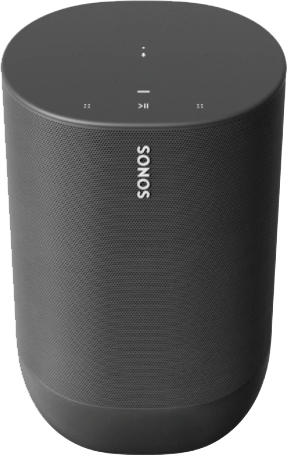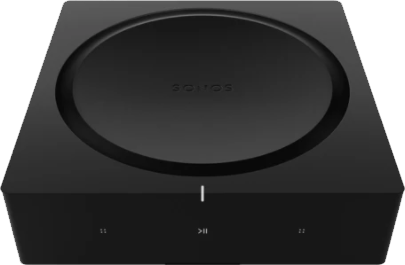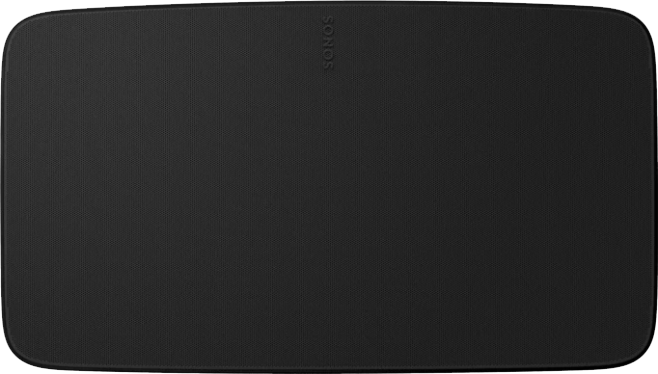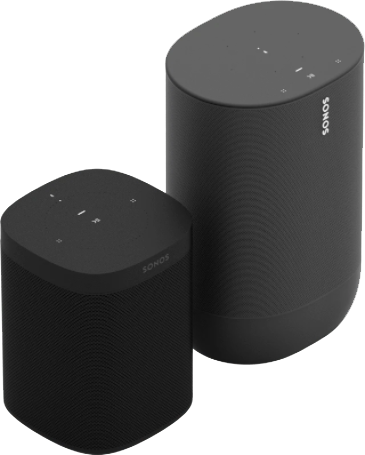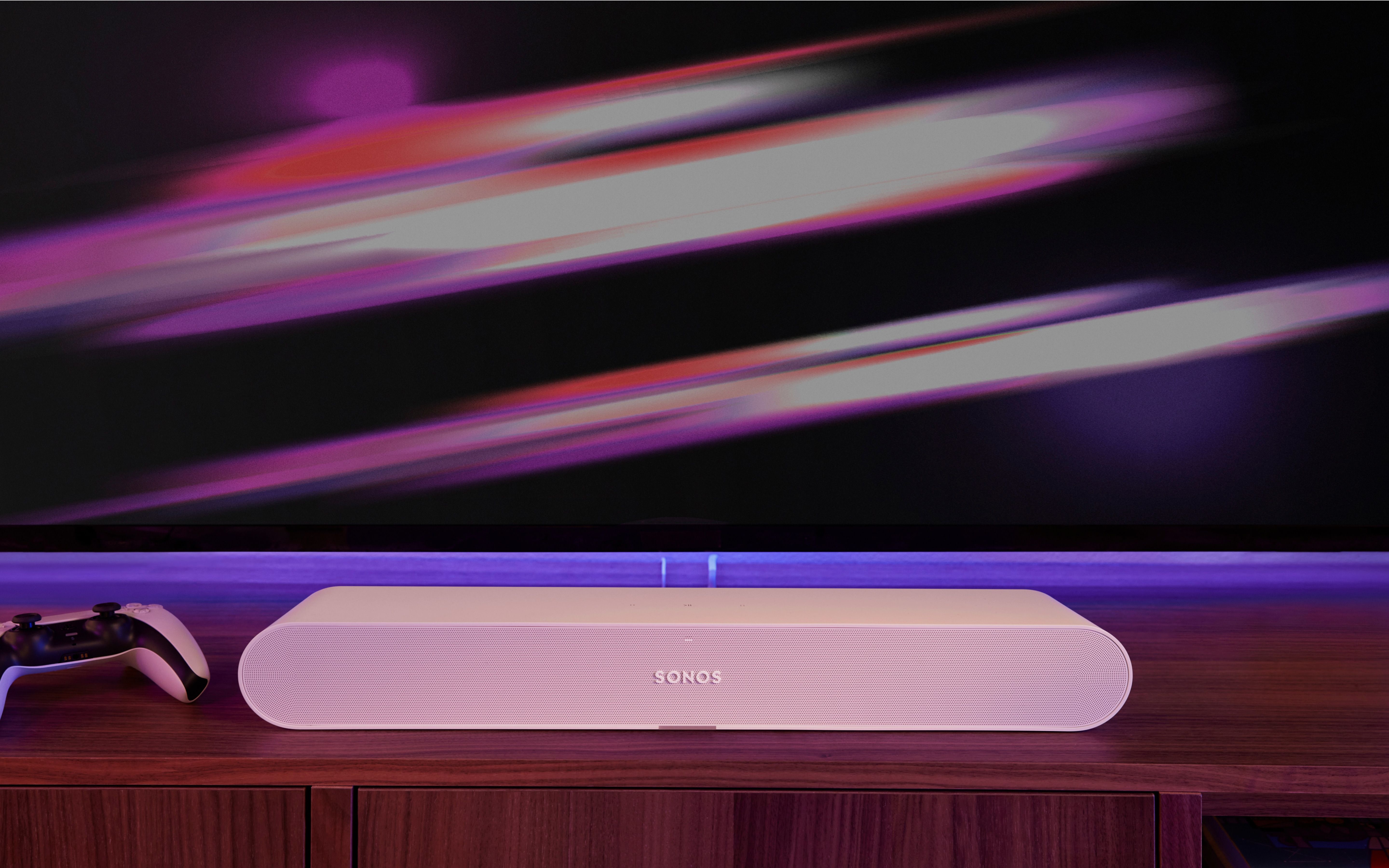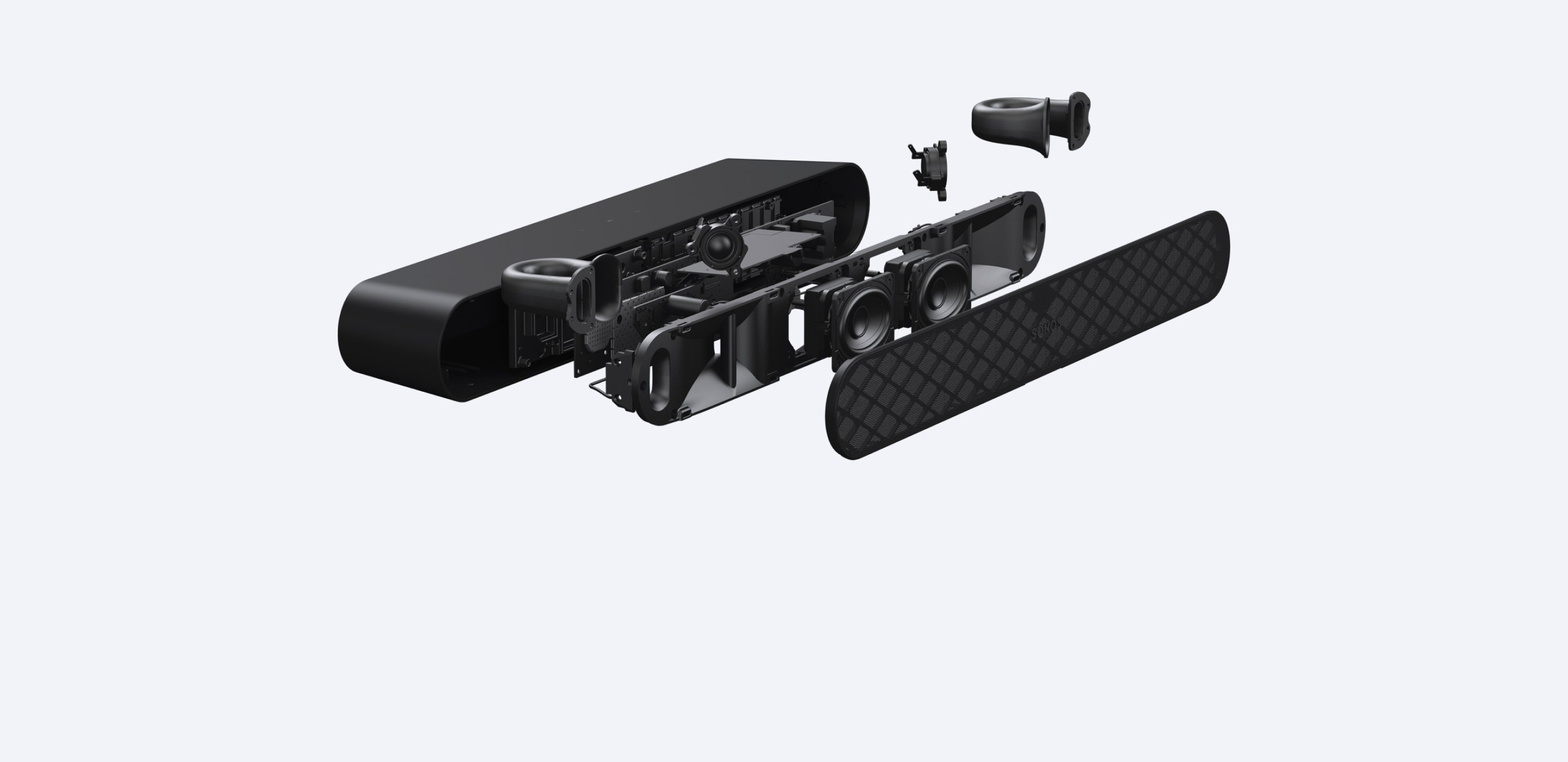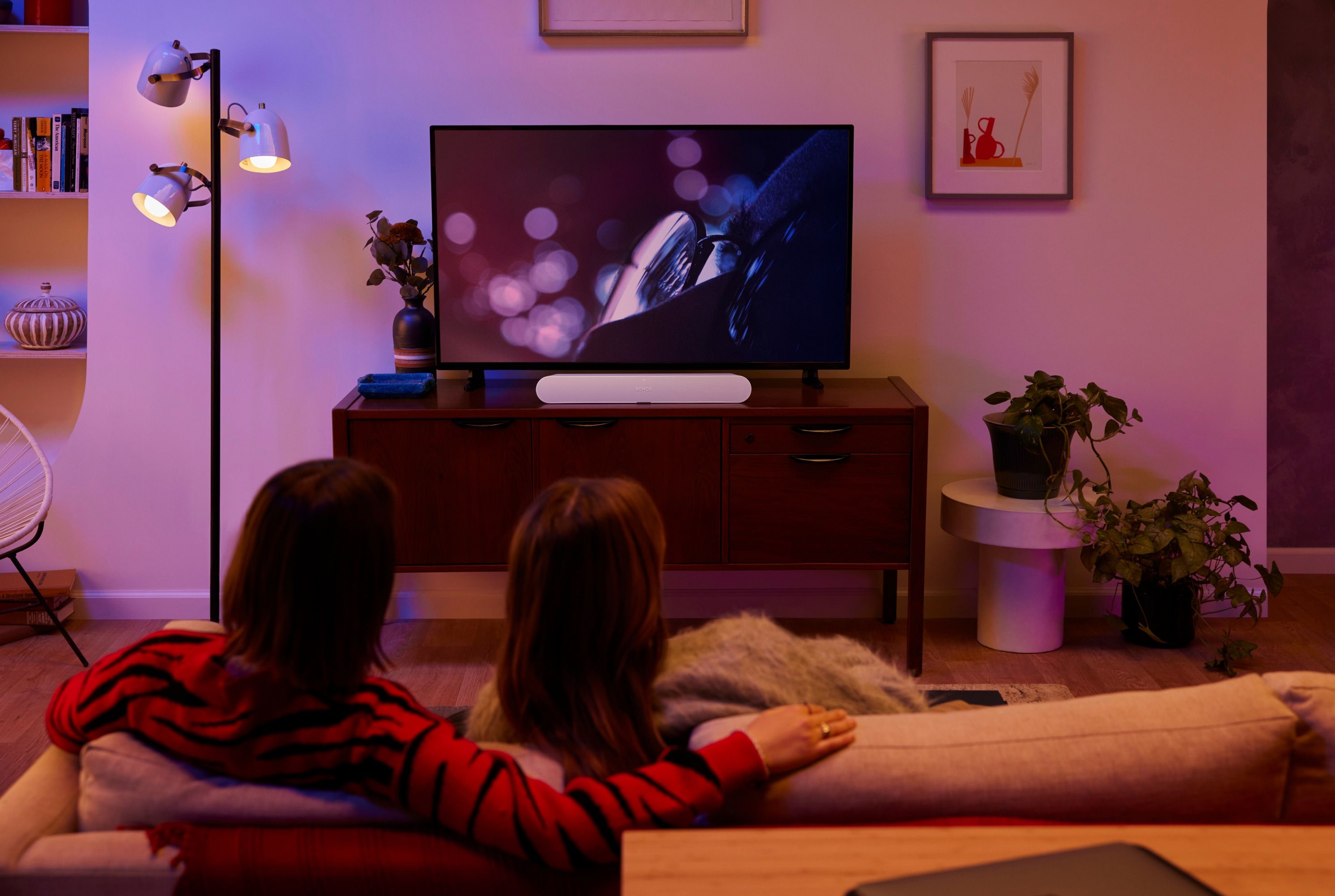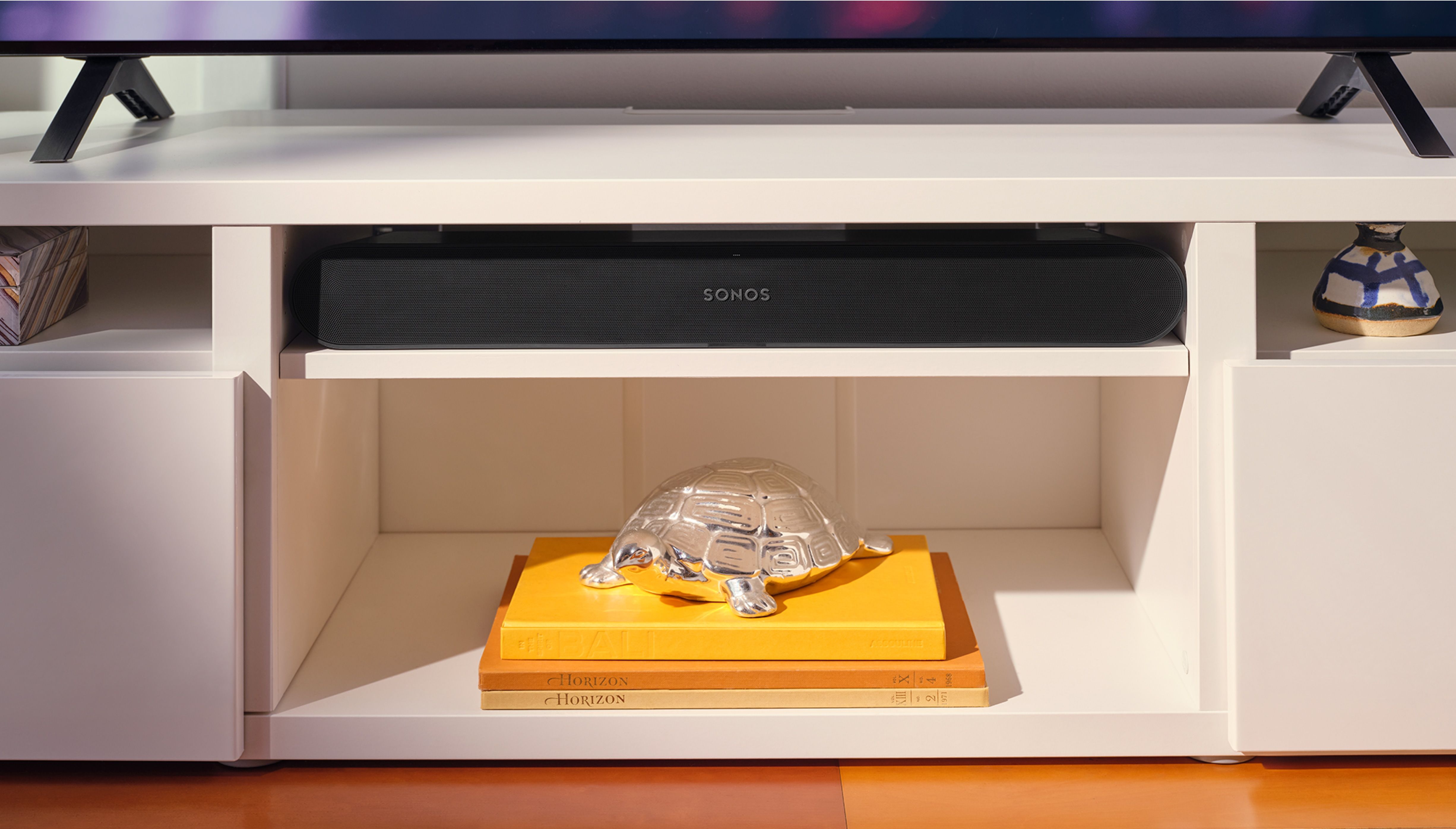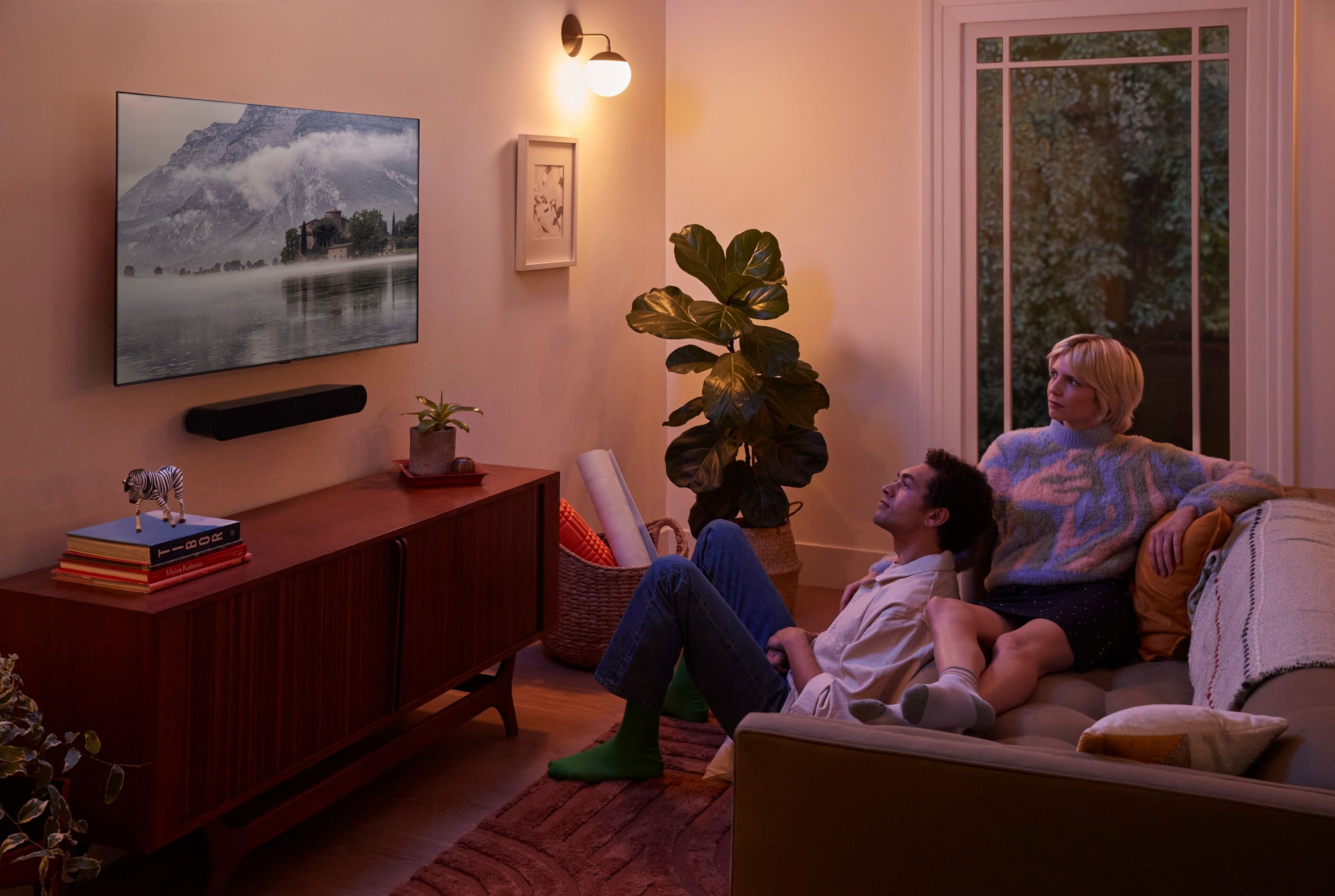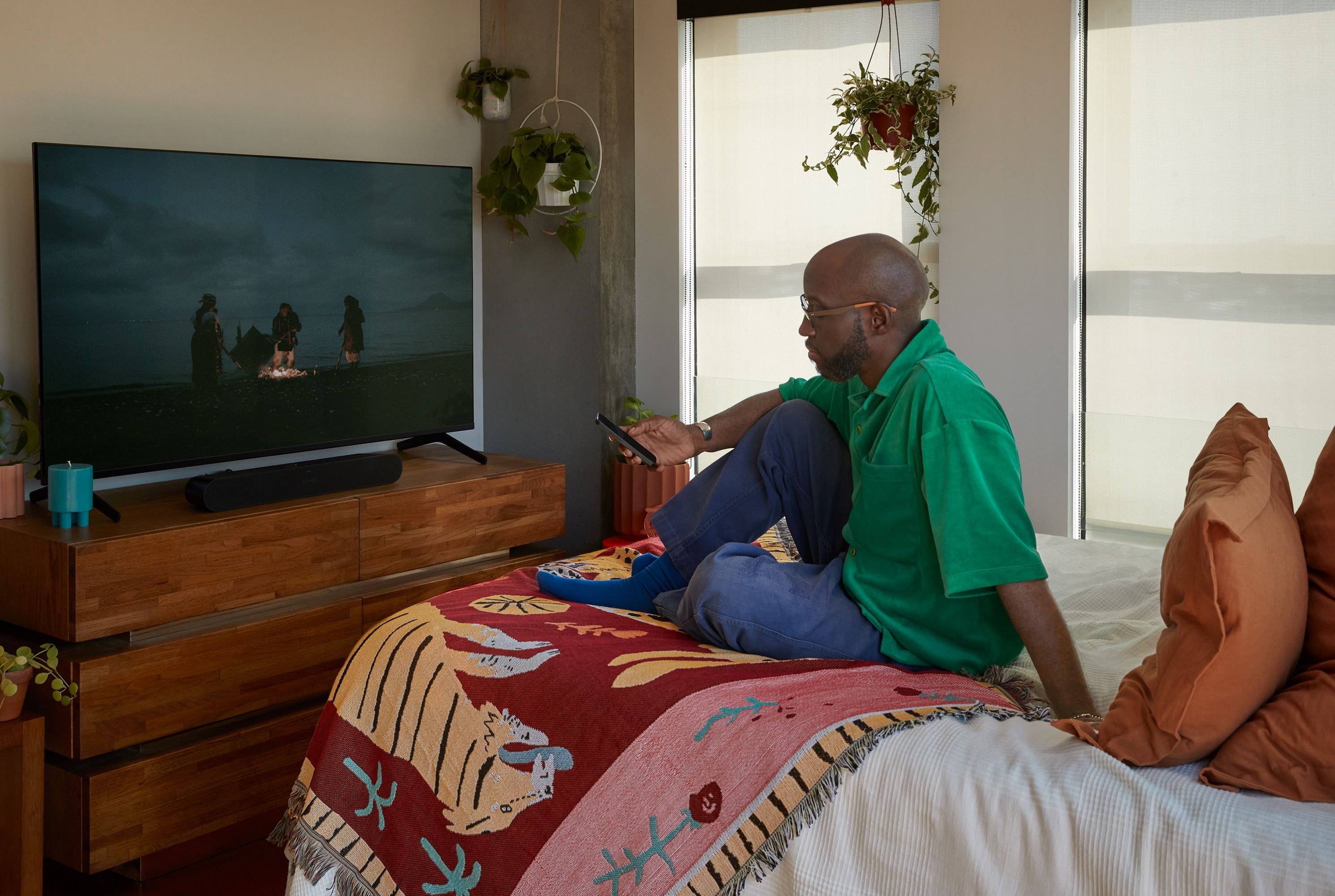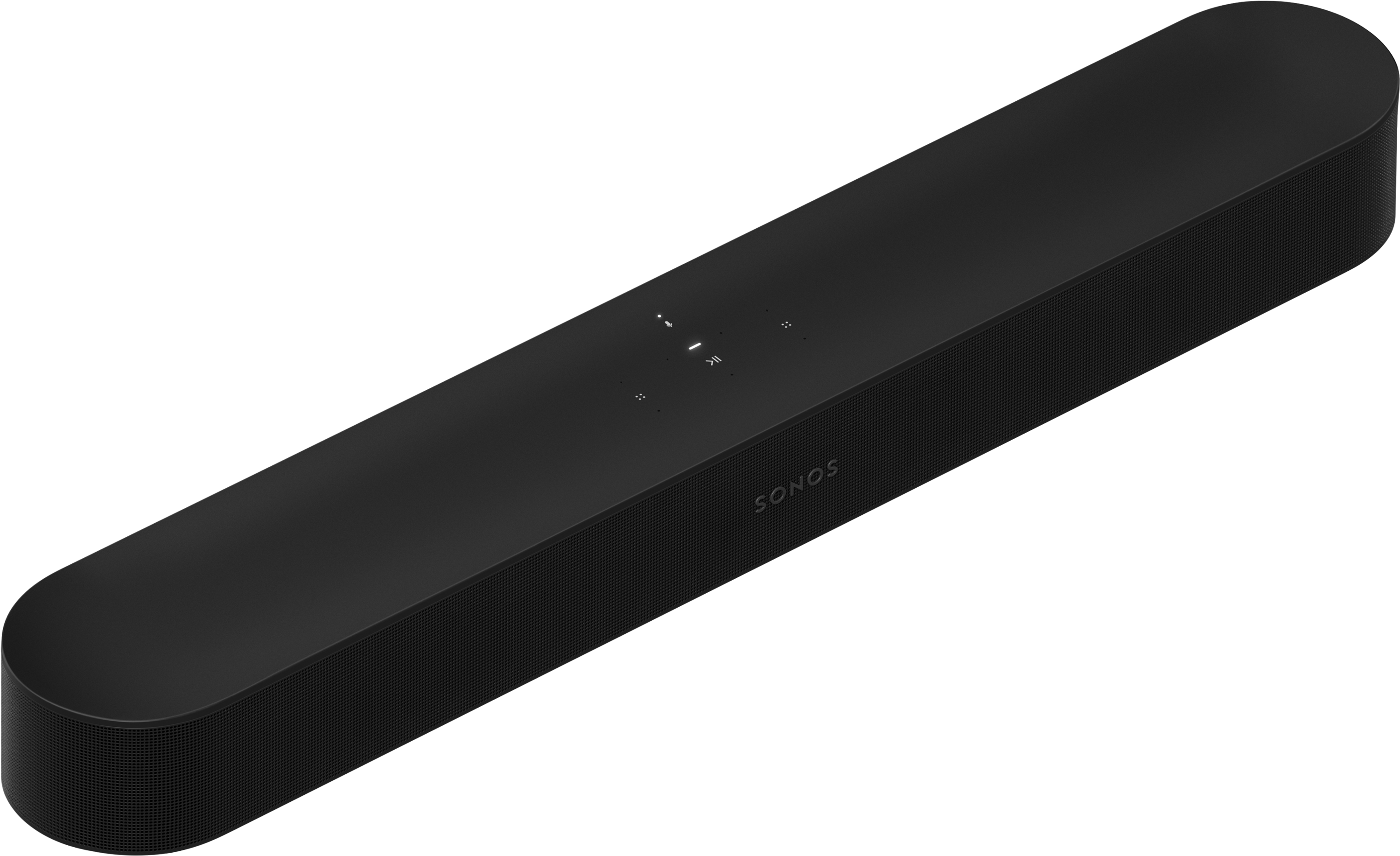Can I mount Ray?
Yes. We recommend using the Sonos Ray Wall Mount.(Coming soon)What is the best placement for Ray?
All of the acoustic components face forward for maximum versatility. Ray can be mounted, placed on top of furniture, or tucked into an enclosed shelf of your TV stand. We recommend at least 5 mm of space between the edges and any surrounding surfaces.Which Sonos speakers work as surrounds?
A matching pair of the following speakers will work as surrounds: Sonos One (including SL), Sonos Five, Play:1, Play:3, and Play:5 (Gen 2). You can also use Sonos Amp to power in-wall, in-ceiling, or other passive speakers as surrounds.Can I connect a subwoofer to Ray?
Ray is compatible with all generations of Sonos Sub. The soundbar will not work with a third-party subwoofer.How do I know if my TV has optical output?
Most TVs from major manufacturers have an optical connection. You should be able to find a port on the back of your TV, labelled either Optical Audio, TOSLINK, Digital Audio Out, or something similar. This information should also be available in your TV's manual.What's the difference between optical and HDMI eARC?
Both optical and HDMI eARC connections transmit multi-channel audio from a TV to a soundbar.
Optical is available on most TVs and supports surround sound with up to 5.1 channels. Because this type of connection does not pass remote control commands, Ray receives volume and mute commands from a TV remote using IR (infrared) technology. Check the specifications of your TV model to confirm IR remote and optical capabilities.
HDMI eARC provides higher bandwidth and supports 7.1 channel surround sound as well as high-resolution formats, including Dolby Atmos and Dolby Digital Plus. This type of connection also uses CEC technology to pass remote control commands.





